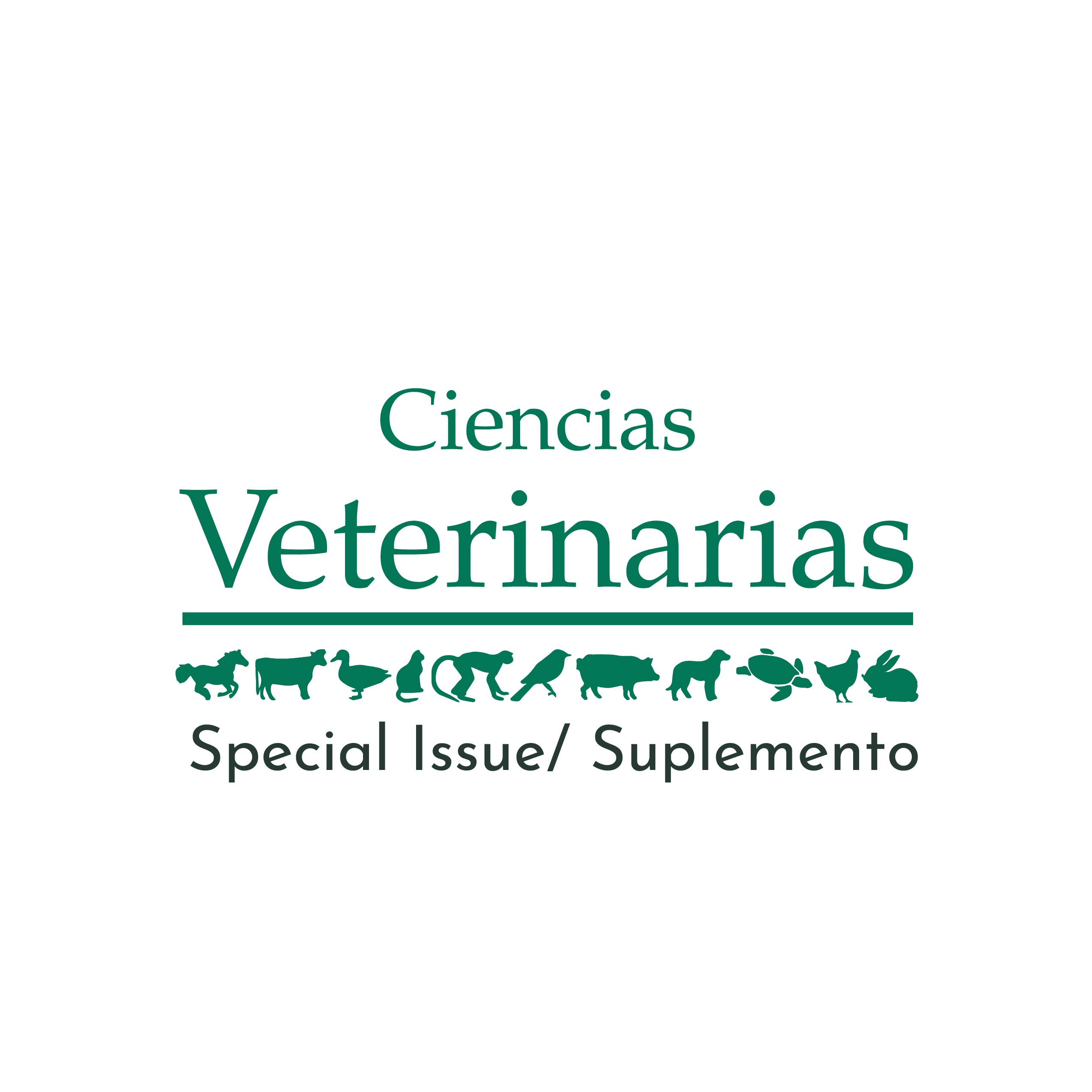Pathogenesis and prevention strategies for equine tendinopathy
DOI:
https://doi.org/10.15359/rcv.37-3.5Abstract
Equine tendinopathy arises through two main mechanisms – external trauma or overstrain injury. The pathogenesis of the former is straight forward and prevention relies on avoiding risk factors for palmar/plantar lacerations and protecting the tendons through the use of boots. For over-strain injuries, these mostly arise from overloading of the distal limb resulting in mid-substance tearing of the digital flexor tendons or borders tears of the deep digital flexor tendon within the confines of the digital sheath and navicular bursa. While some of these injuries may be spontaneous injuries associated solely with overload (such as the intra-thecal injuries of the deep digital flexor tendon), it is widely accepted that most overstrain injuries of the superficial digital flexor tendon (and suspensory ligament) occur as a result of accumulated microdamage which predisposes the tendon to over-strain injury. The mechanisms of this accumulated microdamage are poorly understood but probably relate to the effect of high impact loading of the tendon, sustained during normal exercise, which drives degradative changes in the tendon fascicles (Dudhia et al. 2007) and, in particular, the interfascicular matrix (endotenon) that allows the fascicles to slide past one another as a mechanism for the spring-like extension of the tendon under load (Thorpe et al. 2013). This is compounded by the lack of adaptive remodelling in adult tendon (Smith et al. 2002). This subclinical damage makes the tendon prone to sudden tearing of the tendon matrix during normal exercise, the risk of which is increased by factors such as the firmness of the ground, weight, speed, and fatigue. Strategies for prevention of injury rely on identifying at risk individuals through more sensitive monitoring of tendon health, maximising the quality of tendon during growth using carefully tailored ‘conditioning’ exercise regimes (Smith & Goodship 2008), reducing the degeneration induced by normal training and competition, and avoiding high risk factors for the initiation of the clinical injury.
References
Dudhia, J., Scott, C.M., Draper, E.R., Heinegard, D., Pitsillides, A.A. & Smith, R.K. 2007. Aging enhances a mechanically-induced reduction in tendon strength by an active process involving matrix metalloproteinase activity. Aging Cell 6(4): 547-556. DOI: 10.1111/j.1474-9726.2007.00307.x
Smith, R.K., Birch, H.L., Goodman, S., Heinegard, D. & Goodship, A.E. 2002. The influence of ageing and exercise on tendon growth and degeneration--hypotheses for the initiation and prevention of strain-induced tendinopathies. Comp. Biochem. Physiol. A. Mol. Integr. Physiol. 133(4): 1039-1050. DOI: 10.1016/S1095-6433(02)00148-4
Smith, R.K. & Goodship, A.E. 2008. The effect of early training and the adaptation and conditioning of skeletal tissues. Vet. Clin. North. Am. Equine Pract. 24(1): 37-51. DOI: 10.1016/j.cveq.2007.11.005
Thorpe, C.T., Udeze, C.P., Birch, H.L., Clegg, P.D. & Screen, H.R. 2013. Capacity for sliding between tendon fascicles decreases with ageing in injury prone equine tendons: a possible mechanism for age-related tendinopathy? Eur. Cell Mater. 25: 48-60. DOI: 10.22203/eCM
Published
How to Cite
Issue
Section
License
Licensing of articles
All articles will be published under a license:

Licencia Creative Commons Atribución-NoComercial-SinDerivadas 3.0 Costa Rica.
Access to this journal is free of charge, only the article and the journal must be cited in full.
Intellectual property rights belong to the author. Once the article has been accepted for publication, the author assigns the reproduction rights to the Journal.
Ciencias Veterinarias Journal authorizes the printing of articles and photocopies for personal use. Also, the use for educational purposes is encouraged. Especially: institutions may create links to specific articles found in the journal's server in order to make up course packages, seminars or as instructional material.
The author may place a copy of the final version on his or her server, although it is recommended that a link be maintained to the journal's server where the original article is located.
Intellectual property violations are the responsibility of the author. The company or institution that provides access to the contents, either because it acts only as a transmitter of information (for example, Internet access providers) or because it offers public server services, is not responsible.







